86% of traders lost $251 million on $LIBRA, while the remaining profitable traders earned a total of $180 million.
Author: Nicolai Søndergaard
Compiled by: Deep Tide TechFlow

Key Points
On-chain data shows that 86% of traders lost $251 million on $LIBRA, while the remaining profitable traders earned a total of $180 million;
Dave Portnoy lost millions on $LIBRA but later received a $5 million refund;
Among wallets trading $LIBRA from February 16 to 18, 70% ultimately incurred actual losses, with many possibly trying to profit from Javier Milei's additional endorsements;
Two wallets bought $LIBRA at 22:01 UTC on February 14 and sold at 22:44 UTC, earning a total of $5.4 million, with the wallet HyzGo2 alone accounting for $5.1 million;
Introduction
On February 14, 2025, Argentine President Javier Milei publicly supported $LIBRA. This token was initially promoted on X as a tool to support small businesses and Argentine startup projects. Key participants in the project included Hayden Davis (self-proclaimed "coordinator"), Julian Peh (a member of Kip Protocol, referred to as "the team" by Hayden Davis), Mauricio Novelli, and Manuel Godoy (Tech Forum Argentina). In a short time, the valuation of $LIBRA skyrocketed to $4.5 billion.
$LIBRA was minted at 21:38 UTC on February 14. At 22:01 UTC, Milei tweeted, which drew significant market attention and attracted "snipers" to quickly intervene. By 22:44 UTC, the token price peaked at $4.55 but then rapidly plummeted.
The collapse of $LIBRA began when liquidity was drained from the token. Hayden Davis later downplayed it as "a meme," contrasting sharply with its initial positioning as a tool to support the Argentine economy. Meanwhile, Milei deleted his supportive tweet, at which point the token price had already dropped 80% from its peak. He later claimed he did not understand the specific details of the project.
More controversially, Hayden Davis stated in an interview with Coffeezilla that Milei did not hold any financial interest in $LIBRA. However, with the token's collapse and Milei's withdrawal of support, investors began to question whether this was merely a speculative "insider" operation.
On-chain data clearly shows that some insiders profited unilaterally from token trading at the expense of ordinary investors.
Trading Overview
Many traders suffered significant losses on the recently launched $LIBRA token. On February 14, there were 50,700 independent holders of $LIBRA, but as of the time of writing (February 18), this number had dropped to 35,770. So, which wallets made profits in trading? Are they all "snipers" and "insiders," or just very fast and technically skilled traders?
Among all wallets with absolute gains or losses exceeding $1,000, there were a total of 15,431 addresses. Of these, 86.07% of addresses incurred a total loss of $251 million, reflecting the severity of losses in $LIBRA trading. On the other hand, only 2,101 wallets were profitable, collectively earning about $180 million.
Among them, 57 wallets quickly entered the market, with 37 achieving profits exceeding $1,000. This indicates that some early entrants may have simply been automated bots rather than large players deploying significant capital. Among these wallets, two wallets bought at around 22:01 UTC on February 14 and sold at 22:44 UTC, earning a total of $5.4 million, with the wallet HyzGo2 alone accounting for $5.1 million.
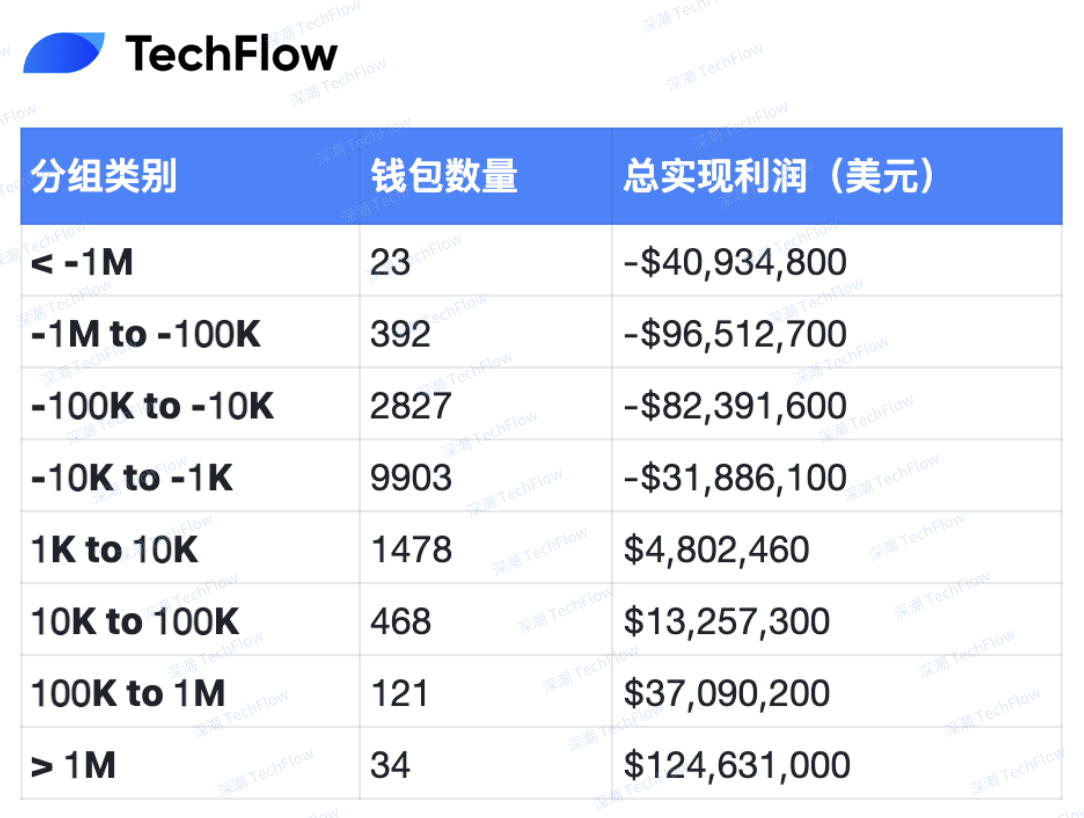
Original image from Nicolai Søndergaard, compiled by Deep Tide TechFlow
Note: Nansen's profit and loss (P&L) data is based on trading records of the token on decentralized exchanges (DEX) and estimated inflows and outflows of related wallets, so there may be some inaccuracies.
There are still some wallets holding unrealized gains or losses. As of 8:00 AM UTC on February 18, 2025, there were 1,001 wallets still holding the token, with a total unrealized loss of about $11 million. Additionally, there are 71 wallets still in profit, but their total earnings have significantly shrunk to about $540,000.
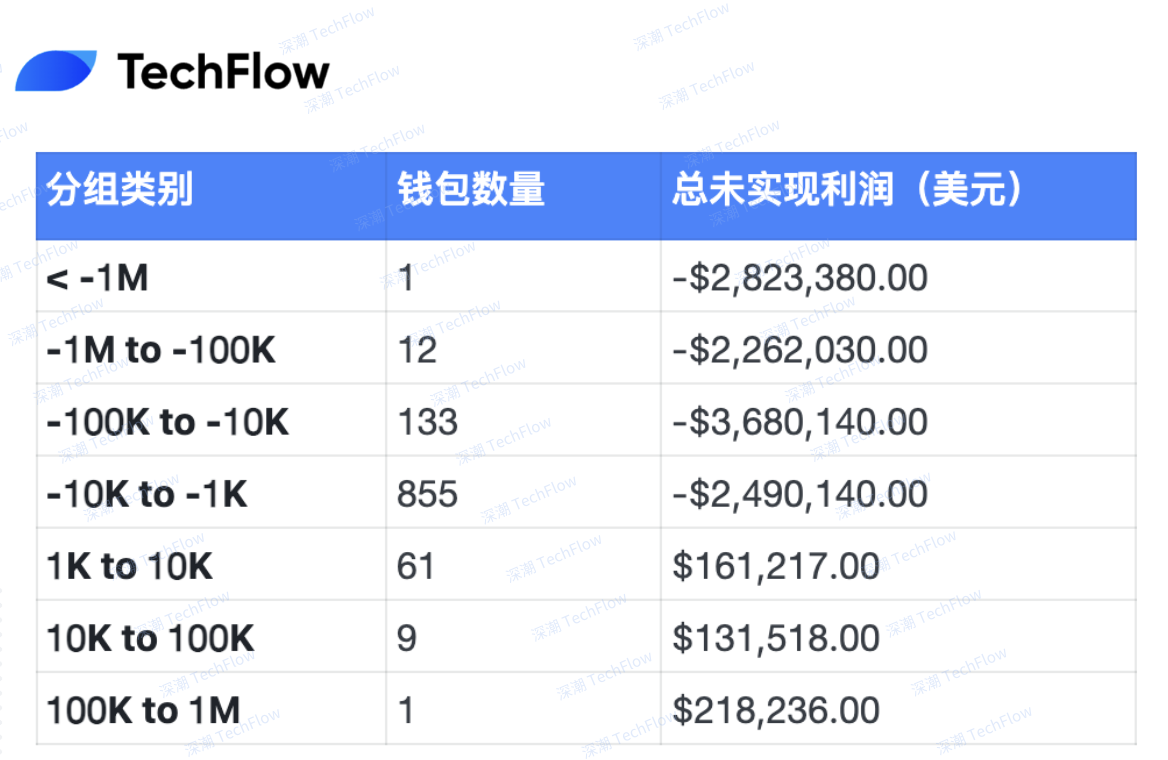
Original image from Nicolai Søndergaard, compiled by Deep Tide TechFlow
Who is Still Trading $LIBRA?
Despite the price peaks and crashes of $LIBRA on February 14 and 15, it is surprising that some wallets continue to trade this token. From February 16 onward, a total of 1,990 wallets traded or held $LIBRA. So, why is this data worth noting?
On February 17, Argentine President Javier Milei retweeted a post mentioning that it is not easy for retail investors to buy $LIBRA. This tweet briefly boosted the token price, but it remained far below previous highs. Starting from the low on February 17, influenced by Milei's tweet, the price of $LIBRA surged over 125%. However, within the next 24 hours, the price completely fell back to pre-surge levels.
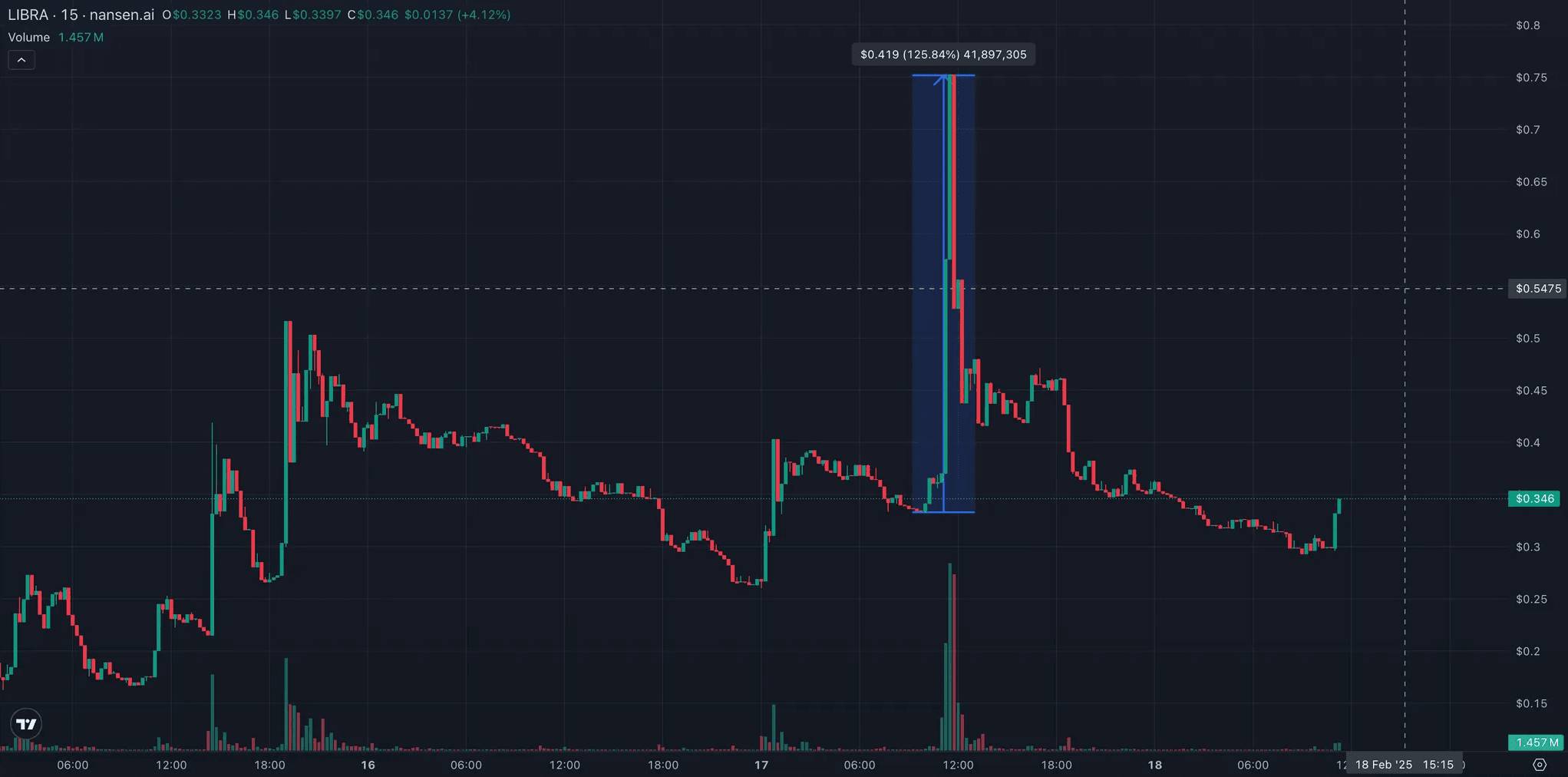
Source: Price surge of $LIBRA on February 17
However, regardless of when investors entered the market, most wallets ultimately failed to avoid losses. From February 16 to 11:00 AM UTC on February 18, 70% of wallets ended with actual losses. This may reflect the high volatility of the market and the disadvantages faced by retail investors in operations.
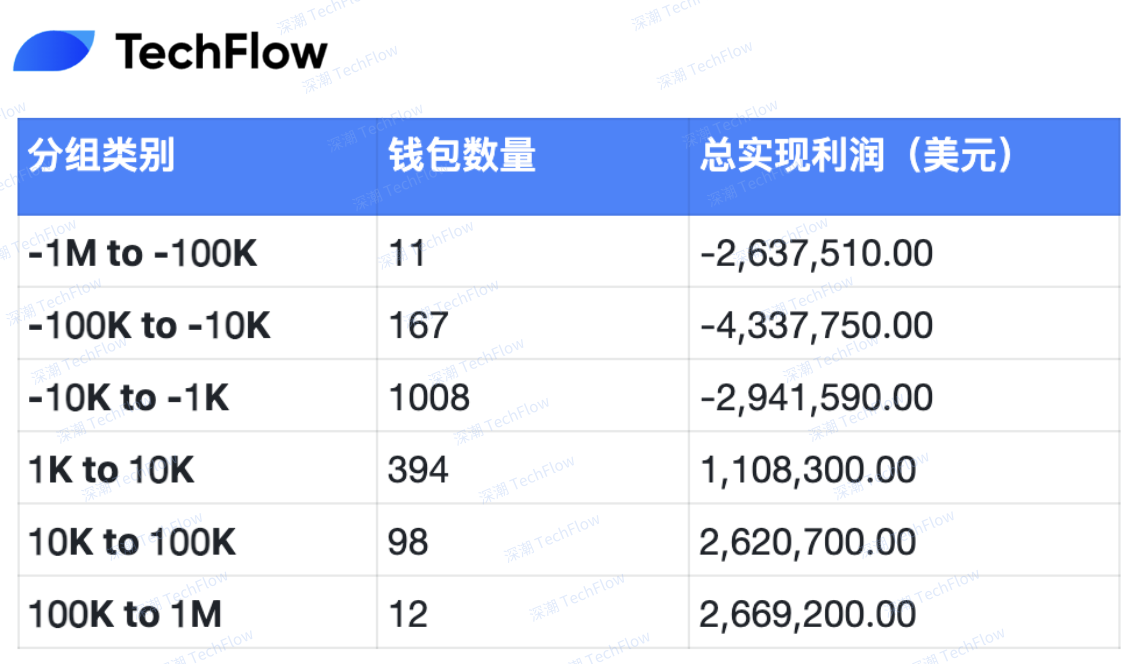
Original image from Nicolai Søndergaard, compiled by Deep Tide TechFlow
However, in terms of unrealized gains and losses, the situation is starkly different: unrealized losses exceed unrealized gains by $4.57 million, highlighting the significant asymmetry between unrealized losses and gains. This also suggests that there may be more potential losses yet to be confirmed, further exacerbating the overall loss situation.
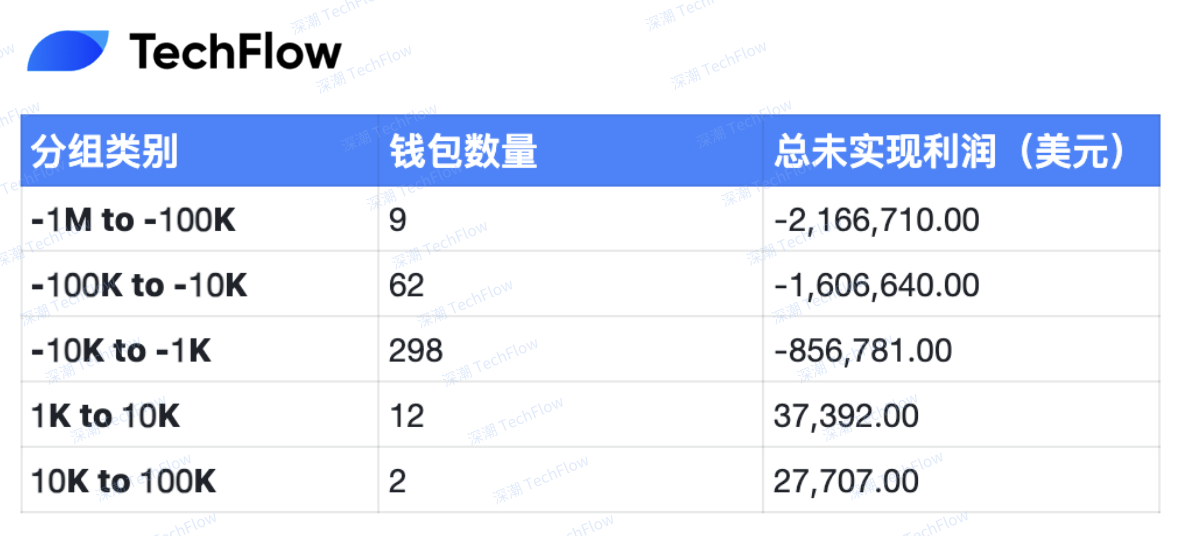
Original image from Nicolai Søndergaard, compiled by Deep Tide TechFlow
On-Chain Analysis
In the trading of $LIBRA, one of the most successful "snipers" achieved a profit of $6.5 million. This investor's wallet was funded by one wallet from Bybit and another external wallet. The user of this external wallet is a trading bot user (e.g., using GMGN or BULLX bots) and is associated with some well-known wallets, such as Frankuniversity.eth, extending to hartej.eth, as well as a wallet funding _khanhamzah on the Friendtech platform.
Although existing data is insufficient to confirm whether these wallets belong to the same person, on-chain data suggests some connections between them. For example, 5hjuU7 and Frankuniversity.eth interacted with the same Bybit hot wallet within a few days.
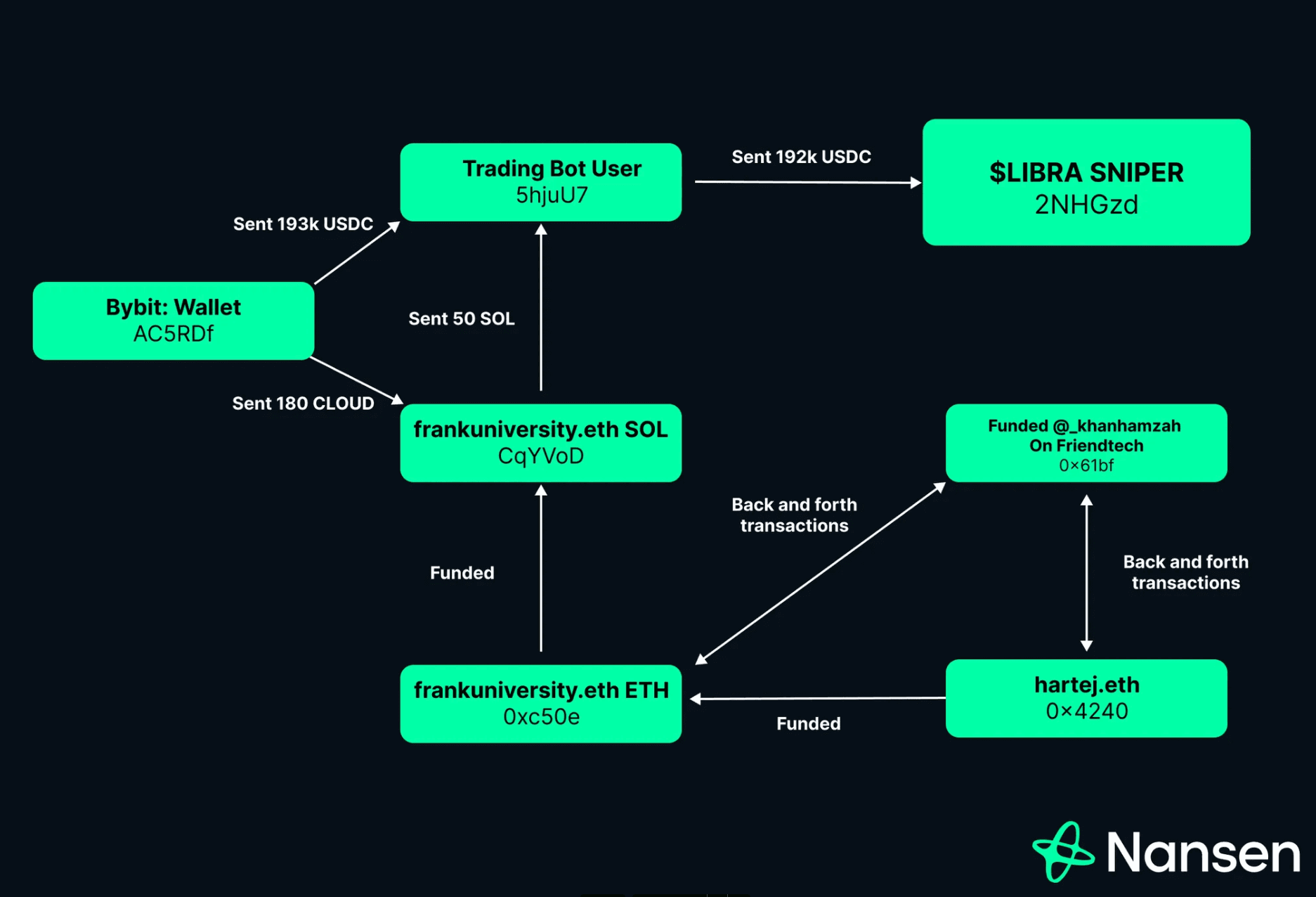
Source: 2NHGzd sniper relationships
However, not all "snipers" were able to profit. An investor named XRfKhaCA lost $407,000, having bought in for $6.5 million but ultimately selling for only $6.1 million. Notably, XRfKhaCA is associated with another wallet named dysphoria.sol. Dysphoria.sol earned approximately $341,000 on $LIBRA and coincidentally made $11.6 million and $655,000 on trades involving $TRUMP and $MELANIA, respectively. This may indicate that the wallet holds "insider information" or has close ties to "insiders." Additionally, dysphoria.sol received funds from blader.eth on Ethereum on January 4, reportedly as part of compensation for a wallet that lost money on the $ZERO project.
On February 18, dysphoria.sol also traded one of the new tokens launched by Dave Portnoy, $GREED, although the profit was relatively small, only about $7,000, as the token price plummeted over 90% in a short time.
The largest single wallet winner achieved approximately $25 million in profit, but is this the actual situation? An investor named 8bZsrR exchanged 12.3 million $LIBRA for 1.7 million USDC at 22:01:00 +UTC on February 14, 2025, and then transferred these tokens to seven other wallets. According to our model, the tokens transferred out of the wallet are considered sell points, which constitutes the estimated profit of $25 million. However, this is not the complete picture. Further analysis of the trading behavior of these tokens after being transferred to the seven wallets is needed. These wallets sold the tokens they held at different times, and some of them appear to have sold at a loss compared to the price at the time of the token transfer versus the price at complete exit.
Among all transactions, the total losses of the "worst" 15 addresses reached $33.7 million, with one wallet still holding 57% of its initial balance. The largest actual loss came from Dave Portnoy's wallet, amounting to $6.3 million.
According to an interview by Coffeezilla on its backup channel Voidzilla, some key figures in the project seemed to have been aware of $LIBRA's existence long before its launch. So, can this be verified through on-chain data?
Taking Dave Portnoy as an example, he publicly admitted to knowing about $LIBRA before the token went live but chose not to act immediately, instead investing just 10 minutes after the token generation event (TGE), resulting in millions in losses. However, based on on-chain USDC inflow records, he later received a refund of $5 million. This refund has been confirmed off-chain by Hayden Davis and Dave Portnoy himself, adding more complexity to this controversy.

Source: $LIBRA Losses, Dave Portnoy's USDC Refund Record
David Hayes and Kelsier Company publicly admitted that they participated in "sniping" tokens they helped launch, including $LIBRA and $MELANIA. This behavior makes the accusations of "insiders" buying $TRUMP tokens in advance more credible. It is said that this information was shared at a crypto party in Washington, D.C. However, this claim has not been verified and remains speculation, as David Hayes stated he heard it from others without direct evidence. Nevertheless, as revealed by BubbleMaps, "insiders" may also be active in trading several other tokens, with on-chain data showing activities of some associated addresses.
Reputation Damage
When scandals break, companies often face an immediate reputation crisis. Meteora is a typical example. With Ben Chow's resignation, public scrutiny of the company intensified, and social media amplified these issues.
Meanwhile, during the $LIBRA incident, the price of Solana (SOL) began to decline on February 14, with a cumulative drop of about 16% to date. Although Solana only serves as the underlying infrastructure and did not directly participate in token trading, its ecosystem was still affected. According to data from DefiLlama, Solana's liquidity plummeted from $12.1 billion to $8.29 billion. This phenomenon may be related to investors' uncertainty about the future issuance and trading of meme tokens, leading to a gradual withdrawal of funds from the Solana ecosystem.
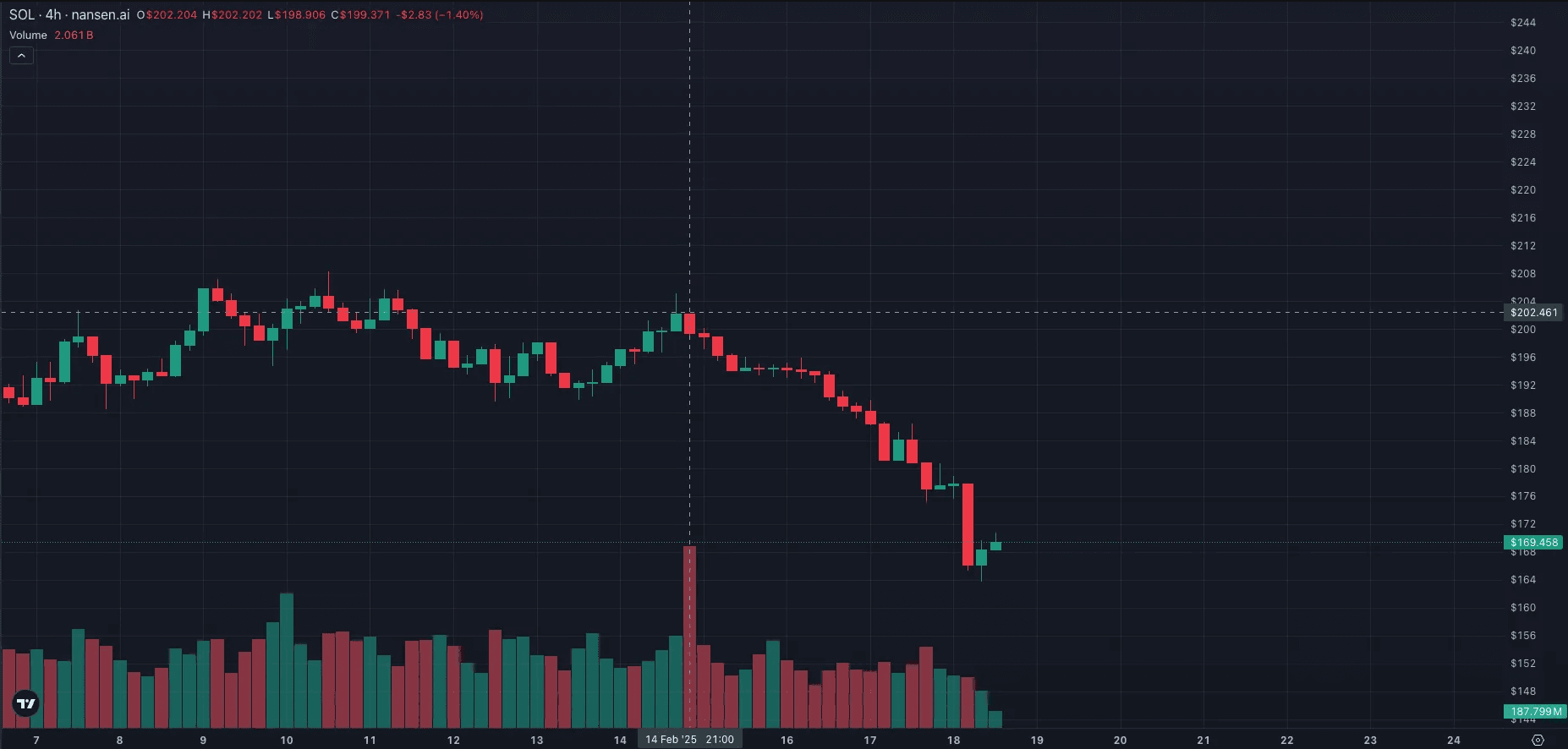
Source: Price drop of $SOL since February 14
Conclusion
Although $LIBRA initially received public endorsement from the president and had a valuation of up to $4.5 billion, everything quickly collapsed: insiders profited rapidly, retail investors suffered heavy losses, and key supporters chose to distance themselves from the project.
On-chain data clearly reveals this process: a few wallets made millions in profits, while the majority of ordinary traders were deep in losses. This phenomenon is not new, with underlying mechanisms including early entry, sniper trading, and exit liquidity provided by subsequent investors. The real damage lies in the loss of trust and the market's aversion to such "viral tokens"—tokens that often crash rapidly before most people fully understand them.
Even the Solana ecosystem has been affected, with a surge in liquidity outflow, indicating that the impact of these events has extended beyond a single token. Given the current situation, the crypto market seems to be weary of this cycle: from exaggerated promises to rapid price surges, followed by even faster capital withdrawals.
As for whether the $LIBRA incident merely brought a necessary cooling to an overheated market, a "healthy" adjustment, or will have more far-reaching effects on the market—especially in the context of the U.S. narrative of promoting cryptocurrency adoption through the president and first lady launching memes—this remains to be seen over time.
免责声明:本文章仅代表作者个人观点,不代表本平台的立场和观点。本文章仅供信息分享,不构成对任何人的任何投资建议。用户与作者之间的任何争议,与本平台无关。如网页中刊载的文章或图片涉及侵权,请提供相关的权利证明和身份证明发送邮件到support@aicoin.com,本平台相关工作人员将会进行核查。




